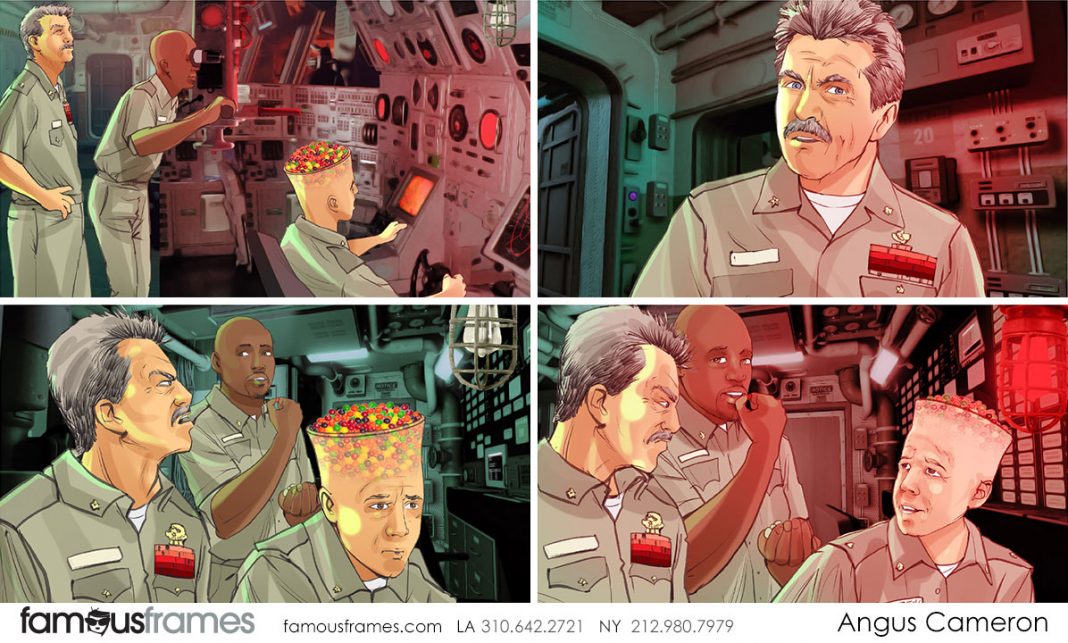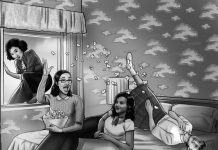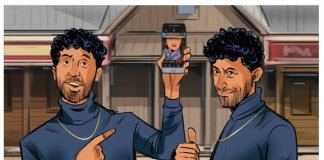Introduction to Visual Storytelling
Visual storytelling is a compelling art form, harmonizing images and ideas to narrate stories. This blend of visuals and narrative has been a cornerstone of human communication, evolving from cave paintings to sophisticated digital media. Storyboarding, in particular, plays a pivotal role in visual storytelling, serving as a blueprint for filmmakers, advertisers, and other visual artists. It’s a craft that transforms a written script into an observable sequence, providing a glimpse of the envisioned film or project.
Unlike written stories, visual narratives communicate through images, creating a universal language that transcends cultural and linguistic barriers. The power of a picture to convey complex emotions and narratives is unparalleled. At its core, storyboarding harnesses this power, enabling creators to visualize and plan their stories. The concept of storyboarding originated in the film industry, with Walt Disney Studios popularizing it in the 1930s. Initially used for animated movies, it soon became an indispensable tool in live-action filmmaking. Over the years, storyboarding has evolved, adapting to the changing landscapes of technology and storytelling styles.
The Role of Storyboards in Filmmaking
Storyboards are instrumental in translating a script into a visual format in filmmaking, serving as a roadmap for the entire production team.
Storyboards take a screenplay and break it into visual scenes, making it easier for the director to plan shots and for the production team to understand the narrative flow. It’s a tool for anticipation, helping identify potential issues before shooting begins.
Many iconic films owe their success to meticulous storyboarding. For instance, Alfred Hitchcock, known for his precise directorial style, heavily relied on storyboards to plan his masterful suspense sequences. These case studies demonstrate how storyboards can be integral in crafting memorable cinematic moments.
Storyboarding Techniques
Storyboarding is both an art and a science, requiring a blend of creativity and technical understanding. The foundational principles of storyboarding involve understanding story structure, visual composition, and the ability to convey emotions and narratives through images. It’s about more than just drawing; it’s about storytelling.
For more complex projects, advanced strategies involve dynamic camera movements, intricate scene transitions, and detailed character expressions. These techniques require a deeper understanding of filmmaking and animation processes.
Tools of the Trade
Storyboard artists have various tools, from traditional pen and paper to sophisticated digital software. While some artists prefer the tactile feel of drawing on paper, digital storyboarding offers flexibility and ease of editing. Software like Adobe Storyboard and Toon Boom Storyboard Pro are popular among professionals. These software tools provide features like pre-built templates, drag-and-drop assets, and easy collaboration options, streamlining the storyboard creation process.
Creating a Compelling Narrative
The essence of a good storyboard is its ability to convey a compelling narrative. Visual sequencing in storyboarding is about arranging scenes to make the story flow smoothly. It’s akin to the rhythm of music, guiding the audience through the narrative. A storyboard must also capture the emotional essence of the story. The pacing, dictated by the storyboard, is crucial in building suspense, excitement, or any other intended emotion.














